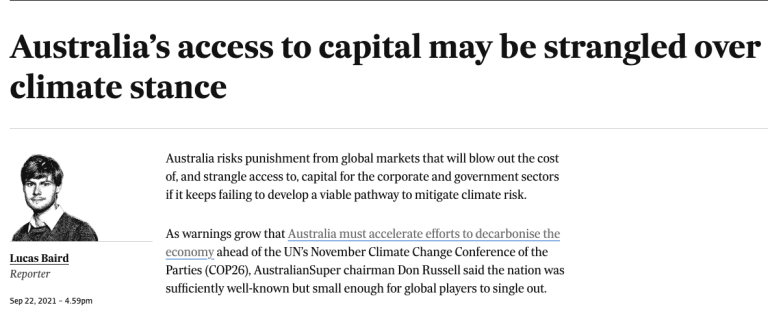7. The National Broadband Network…
Published in partnership with Crikey, the PromiseWatch 2013 series captures snapshots of the major parties’ platforms in major policy areas.
The news yesterday that the Gillard government was pressing ahead with plans to connect 1.3 million extra homes to the NBN — taking the total number of premises “connected” or where construction will have “commenced” to over 4.8 million by 2016 — has overshadowed the continued political brawling over broadband, with the two major parties battling over competing visions of a connected future.
Minister Stephen Conroy has been caught up in torturous interviews about what phrases like “premises passed” actually mean, while opposite number Malcolm Turnbull has been actively trying to “destroy” Conroy’s logic on the policy, leading to testy exchanges on online forums, where he branded Conroy a “grub”.
In the background, News Limited has been agitating against the plan, with The Daily Telegraph splashing with vitriolic front pages and The Australian persisting with its “NBN Watch” series, that aims to shine a light on contractor balls-ups in the style of its previous Schools Watch and pink batts series but is yet to secure any major scalps.
Still, the NBN is a massive deal. Advertisements for sub-contractors to get on board recently popped up at Mumbai airport, of all places, and even assuming a Coalition victory on September 14, rose gardens and existing fibre-to-the-home won’t be ripped up.
Background
The National Broadband Network is a Labor government initiative aimed at increasing Australia’s open access broadband capacity. The NBN aims to provide direct fibre-optic cable connection to 93% of individual premises (know as fibre to the premises, or FTTP) at speeds of up to one gigabit per second, with the remaining 7% of homes and businesses to be serviced by a combination of satellite and wireless services, at speeds of up to 12 megabits per second. The NBN aims to enable improved remote health services, teleconferencing, and rural schooling options through increased ability to transfer large amounts of data at high speeds.
The construction and implementation of the NBN has been delegated to the government-owned National Broadband Network Co Limited, with a budget of $43 billion to be used in the NBN rollout over the next eight years . Construction of the infrastructure necessary for the network began in 2009, with the establishment of the NBN Tasmania Limited and the rollout of broadband services in Tasmania. NBN Co Limited estimates that the project will be completed by 2021, with NBN access available to all Australians.
So where do the parties stand on broadband? Check out CPD’s amended research on Crikey




